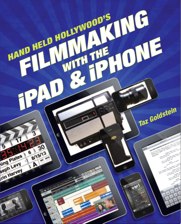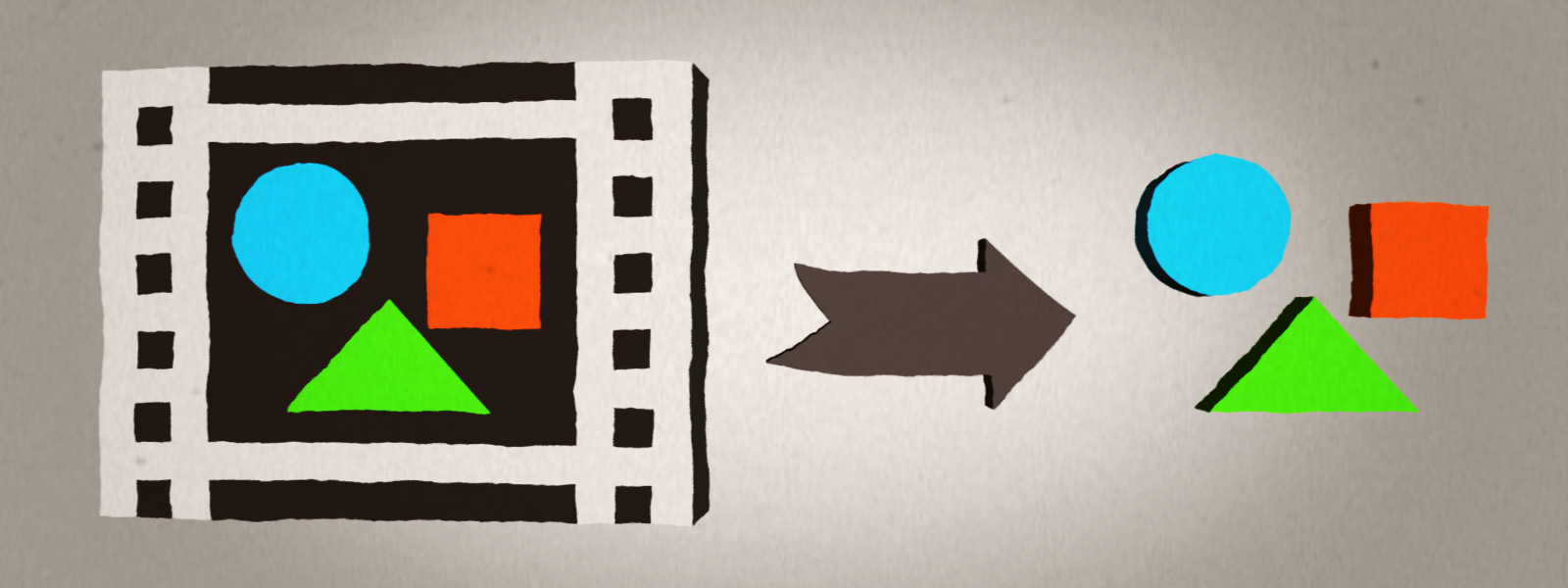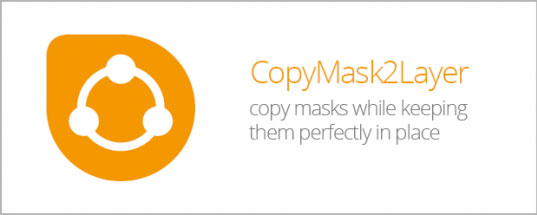
The name of the book “Filmmaking with the iPad & iPhone” by Taz Goldstein might cause many, even seasoned professionals, to think this is a book about shooting footage with the iPad/iPhone. After all, what gets covered in the press these days is the miraculous feat of filming a movie on a phone (parts of the Oscar-winning documentary “Searching for Sugar Man” were shot on the iPhone). To be sure, shooting is one part of the book, but this is a manual on how to use the iPad/iPhone through every stage of the process of making a film, from conceiving a screenplay, to pitching the project, prepping the shoot, filming, postproduction, all the way to posting your finished masterpiece to the web. Of course, you don’t have to do it all on an iOS device, (although Goldstein proves that you can if you want), but what’s great is you can pick and choose which pieces will work for you and use just those.
Filmmaking, especially in the independent film world, is all about doing more with less, about being as efficient as possible with your limited resources. This book illustrates that you can have some great tools for getting your entire film made for relatively cheap, especially compared to 10 or 20 years ago. And Goldstein shows how iOS devices used in filmmaking is not just a gimmick, it offers real world benefits. One of the most illuminating examples is how you can scout a location and in real time create a lighting order you can send off before you ever leave the location.
Where the book is less engaging is when Goldstein goes into the actual nitty-gritty of how to get things done on the specific apps, the “tap X on the top menu than tap Y on the bottom left” kind of description that sometimes came up. It was confusing to follow along without the specific app in front of me, and in any event I feel the real strength of the book is in describing the functionality available by these devices, not in how that functionality is specifically carried out.
This book will open your eyes to the amazing steps digital filmmaking has taken in the last 6 years, and the great versatility that these devices can offer filmmakers. And it’s an enjoyable read too, Goldstein keeps it funny and lively and actually entertaining, a rare feat in a book about technology.


